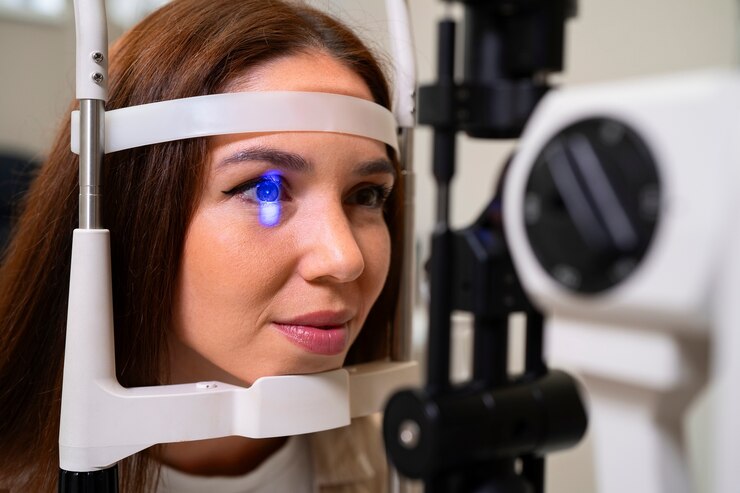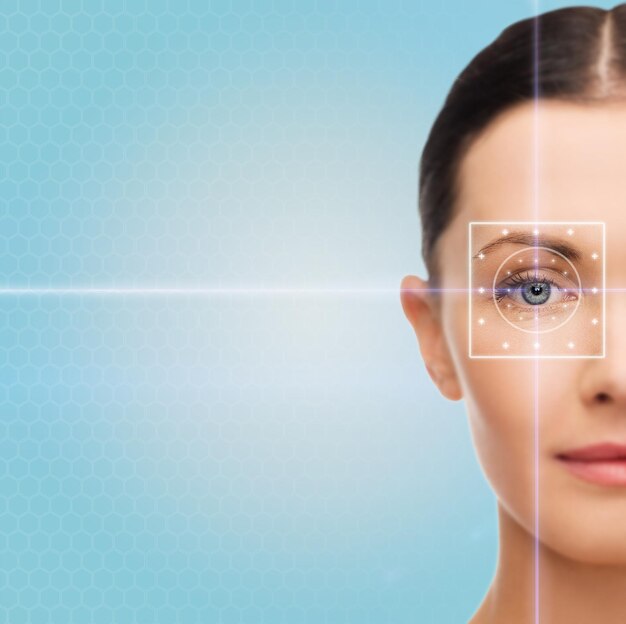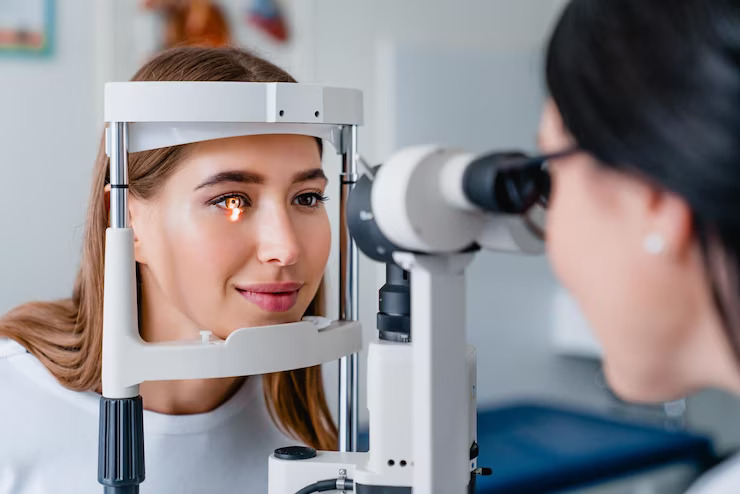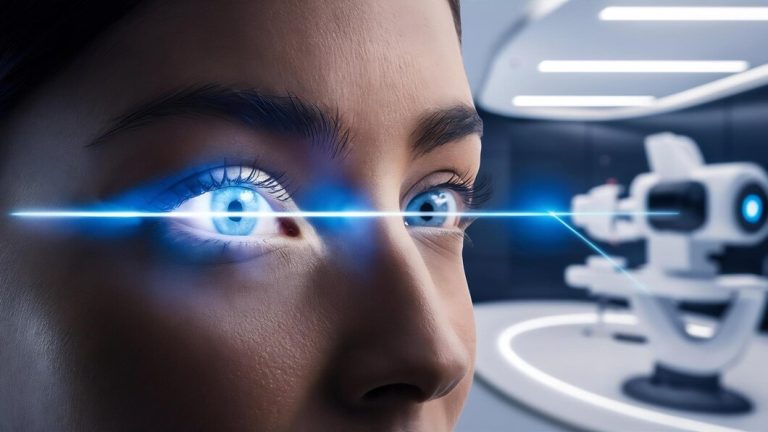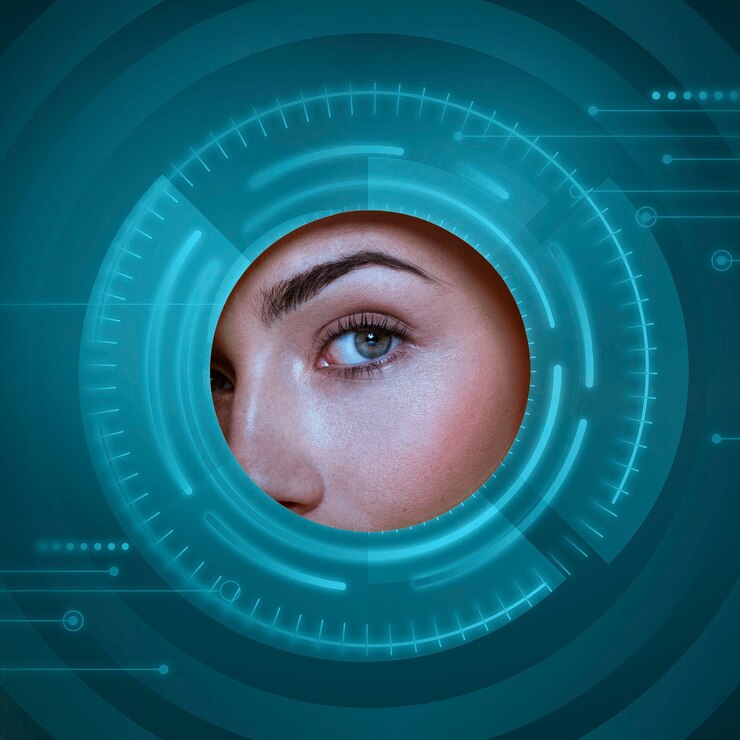LASIK Explained: What You Need To Know About Vision Correction
LASIK, short for Laser-Assisted in Situ Keratomileusis, has transformed the landscape of vision correction, offering millions of people worldwide the opportunity to achieve clear vision without the need for glasses or contact lenses. This revolutionary procedure utilizes advanced laser technology to reshape the cornea, correcting refractive errors such as nearsightedness, farsightedness, and astigmatism. In this comprehensive guide, we delve into the intricacies of LASIK, exploring its process, benefits, potential risks, and considerations for those considering this life-changing procedure.
Understanding Refractive Errors
Before delving into LASIK, it’s essential to understand refractive errors, which are common vision problems that occur when the shape of the eye prevents light from focusing directly on the retina. The three primary types of refractive errors are:
- Nearsightedness (myopia): A condition where distant objects appear blurry, while close objects remain clear.
- Farsightedness (hyperopia): A condition where close objects appear blurry, while distant objects remain clear.
- Astigmatism: A condition caused by an irregularly shaped cornea or lens, resulting in distorted or blurred vision at any distance.
These refractive errors can significantly impact one’s quality of life, leading to difficulties with activities such as reading, driving, and participating in sports. While glasses and contact lenses offer temporary solutions, LASIK provides a long-term alternative by reshaping the cornea to correct these vision problems permanently.
The LASIK Procedure
LASIK is a quick and minimally invasive outpatient procedure performed by a trained ophthalmologist specializing in refractive surgery. Here’s an overview of the LASIK process:
- Preoperative Evaluation: Patients are evaluated for eligibility for LASIK surgery by a thorough eye exam prior to the procedure. This evaluation includes measurements of the cornea’s shape, thickness, and curvature, as well as a review of the patient’s medical history and visual acuity.
- Corneal Flap Creation: During the LASIK procedure, the surgeon creates a thin flap in the outer layer of the cornea using a specialized instrument called a microkeratome or a femtosecond laser. Creating this flap allows access to the underlying corneal tissue for reshaping.
- Corneal Reshaping: Once the corneal flap is created, the surgeon uses an excimer laser to precisely reshape the curvature of the cornea based on the patient’s specific refractive error. The excimer laser delivers pulses of ultraviolet light, removing microscopic amounts of corneal tissue to achieve the desired correction.
- Flap Repositioning: After reshaping the cornea, the surgeon carefully repositions the corneal flap back into place, where it adheres naturally without the need for sutures. The flap serves as a natural bandage, promoting rapid healing and minimizing discomfort.
- Postoperative Care: Following the LASIK procedure, patients receive instructions for postoperative care, including the use of prescription eye drops to promote healing and prevent infection. Most patients experience improved vision within a day or two after surgery, with continued improvement over the following weeks.
Benefits of LASIK
LASIK offers numerous benefits for individuals seeking freedom from glasses and contact lenses:
- Improved Vision: LASIK can significantly improve visual acuity, allowing patients to see clearly without the need for corrective lenses.
- Quick Recovery: Most patients experience minimal discomfort and rapid visual recovery after LASIK, with many returning to normal activities within a day or two.
- Long-lasting Results: LASIK provides permanent vision correction for the majority of patients, reducing or eliminating the need for glasses or contacts.
- Enhanced Quality of Life: Freedom from glasses and contacts can enhance one’s quality of life, allowing for greater convenience, comfort, and confidence in daily activities.
Considerations and Potential Risks
While LASIK offers significant benefits, it’s essential to consider potential risks and limitations:
- Dry Eyes: Some patients may experience temporary dryness and discomfort following LASIK, which can typically be managed with lubricating eye drops.
- Visual Aberrations: In rare cases, LASIK may cause visual aberrations such as glare, halos, or double vision, particularly in low-light conditions.
- Undercorrection or Overcorrection: While LASIK aims to achieve precise vision correction, some patients may require additional enhancements or adjustments to achieve optimal results.
- Changes in Vision: As with any surgical procedure, there is a small risk of unpredictable changes in vision following LASIK, though such occurrences are rare.
Candidates for LASIK
LASIK is suitable for individuals who meet the following criteria:
- Stable Refractive Error: Candidates should have a stable prescription for at least one year prior to LASIK surgery.
- Healthy Eyes: Candidates should have healthy corneas, adequate corneal thickness, and no significant eye conditions or diseases.
- Realistic Expectations: Candidates should have realistic expectations regarding the outcomes and limitations of LASIK surgery.
Conclusion
LASIK is a safe, effective, and life-changing procedure that has helped millions of people achieve clear vision and freedom from glasses and contacts. By understanding the LASIK process, benefits, potential risks, and candidacy criteria, individuals can make informed decisions about whether LASIK is the right choice for their vision correction needs. For those considering LASIK, consulting with a qualified ophthalmologist specializing in refractive surgery is the first step toward achieving clearer, more comfortable vision for years to come.


